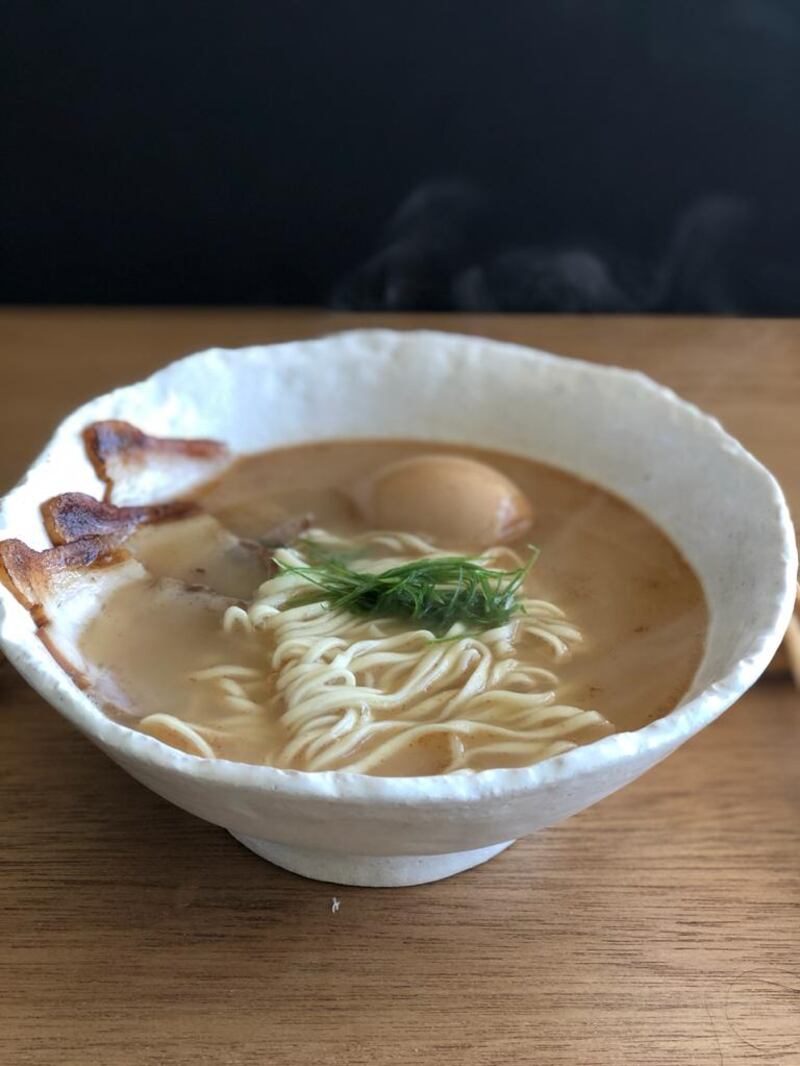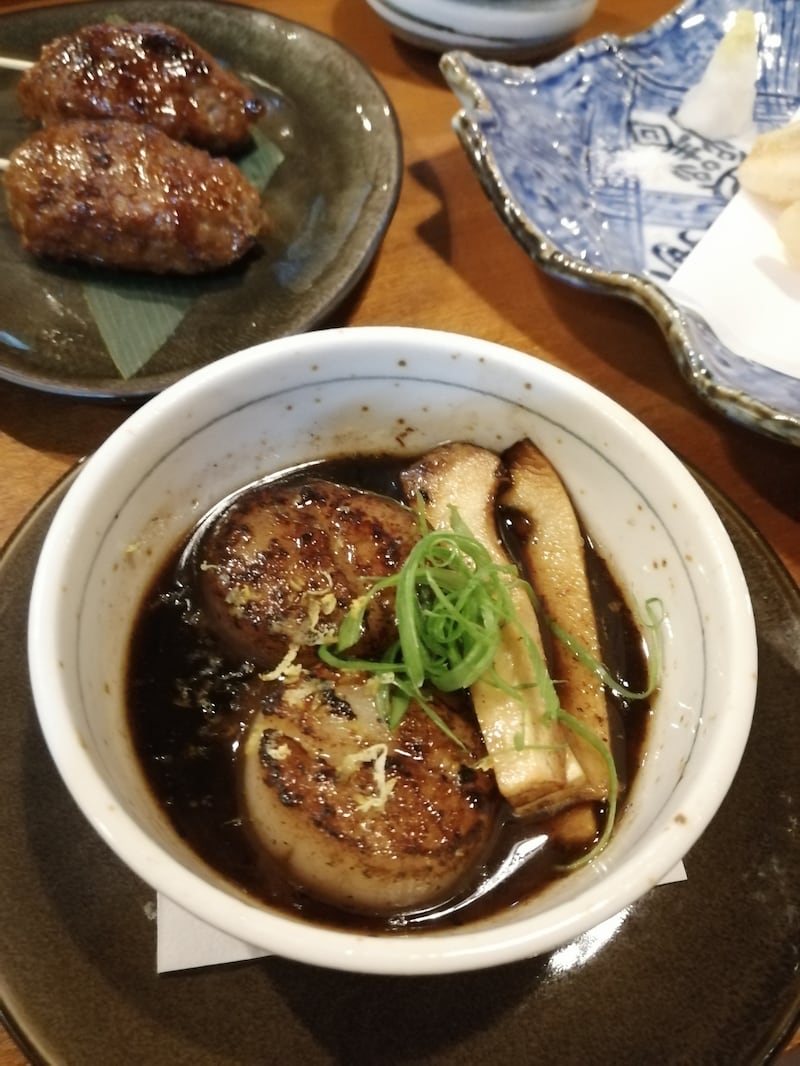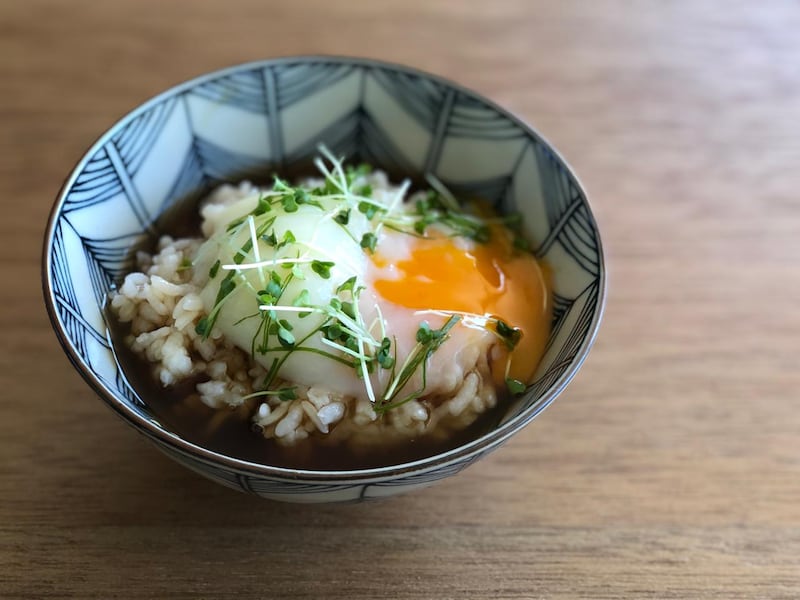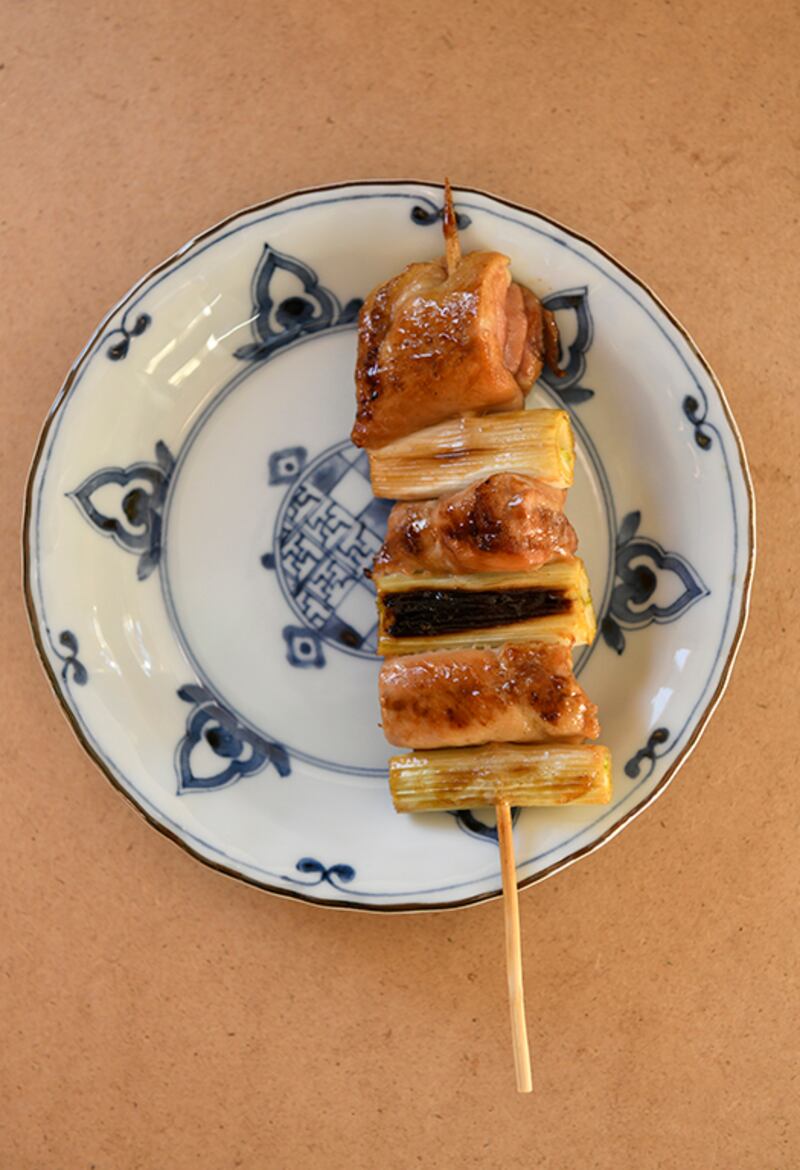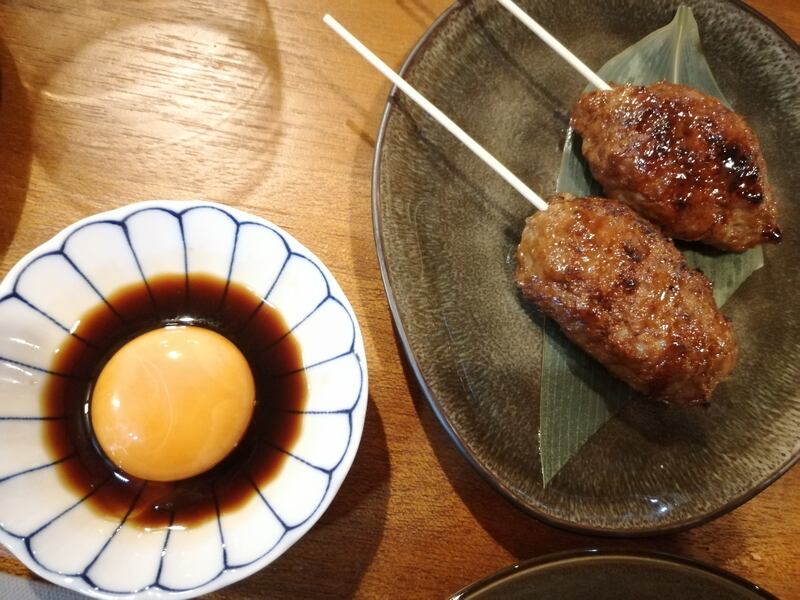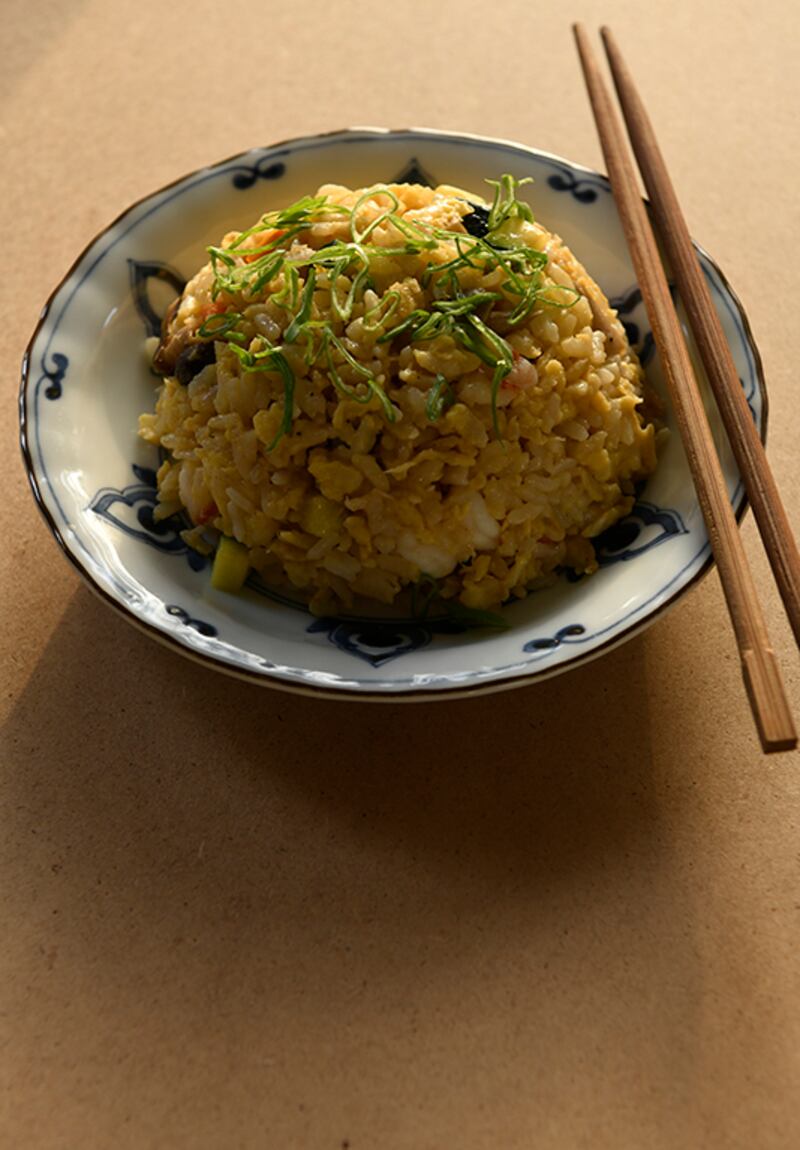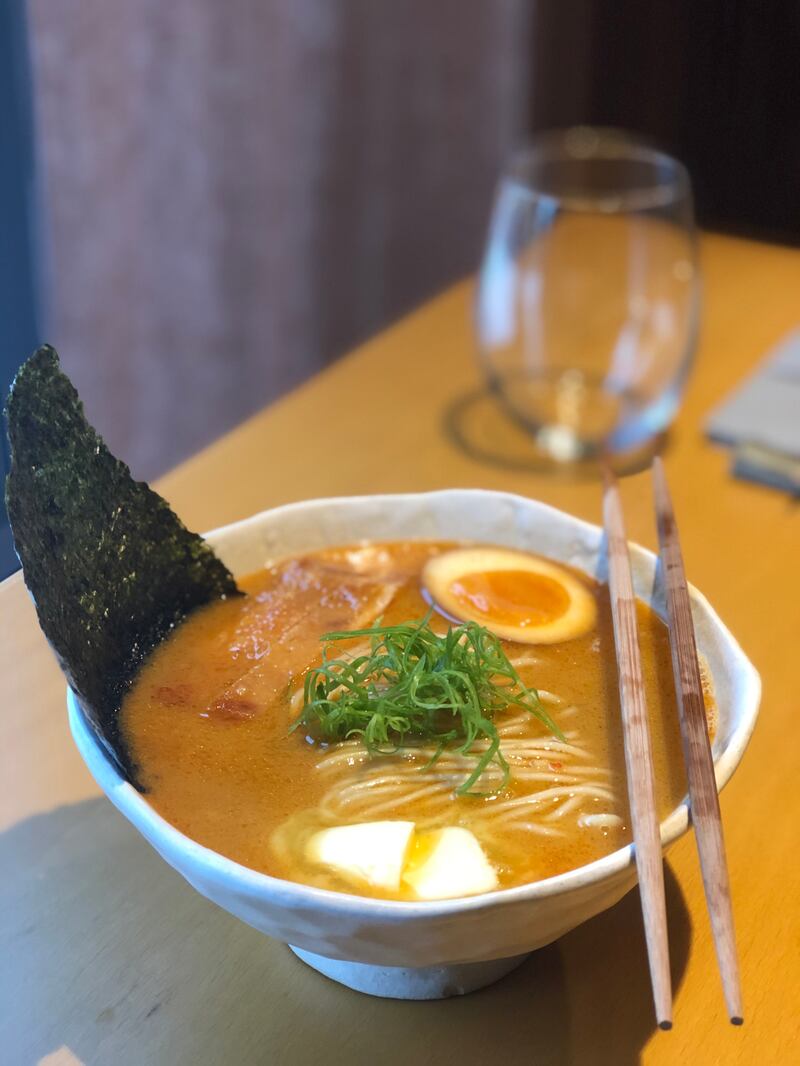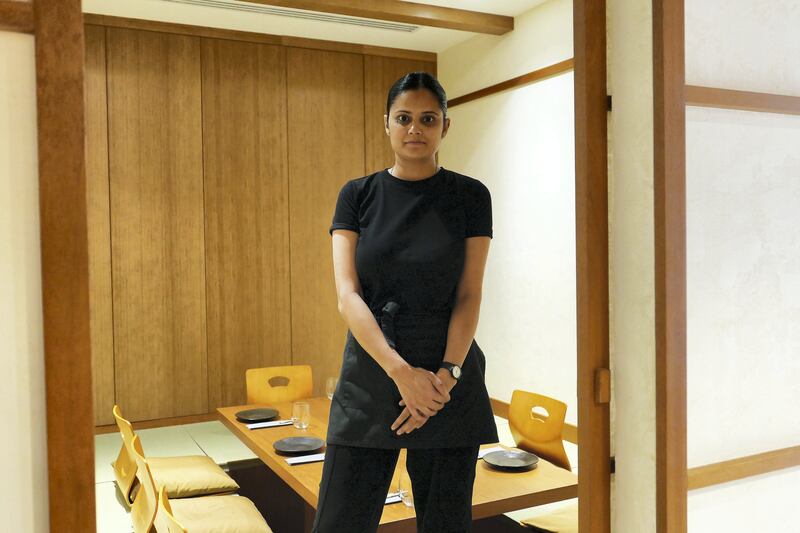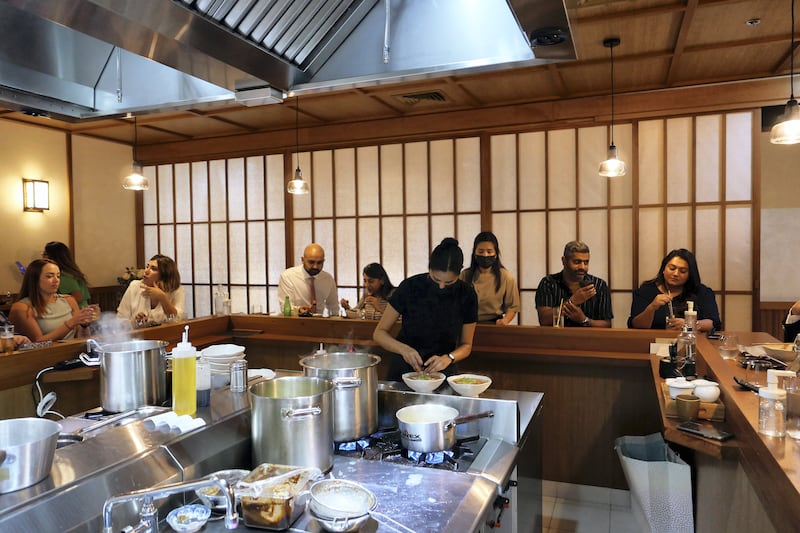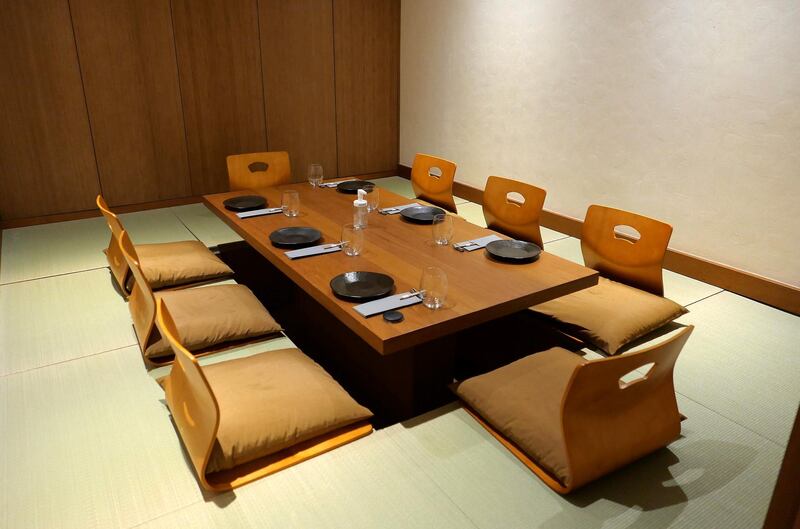Most foodies worth their ramen would have heard about – and, if they were lucky, attended – an underground supper club that went by the name A Story of Food. Its founder, Neha Mishra, ran it for three years from her Dubai home and welcomed no fewer than 6,000 guests to her table in that time.
The gathering acquired something of a cult following and was known as much for its delectable food as its hard-to-book seats. Mishra’s social media followers watched, fascinated, as spots sold out within seconds of being posted on the Indian-born ramen chef’s Instagram feed. The elusive supper clubs became something of a cross between local legend and urban myth.
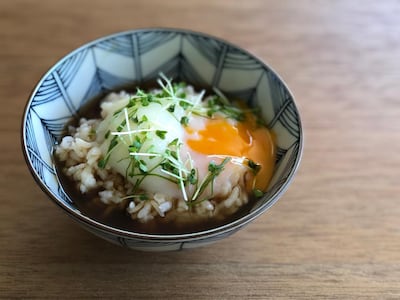
Then along came the pandemic. Not one to be deterred, instead of hosting sit-down supper clubs, Mishra began sending out packed ingredients for her famed ramen and karaage with detailed instructions on how to prep them at home.
By the time Dubai’s stay-at-home measures eased, Mishra had bigger fish to fry.
Japanese izakaya in the centre of Dubai
While reservations still come highly recommended, you can now sample the chef’s menu at her own restaurant Kinoya, which opened in The Onyx Tower 2, The Greens community in April. What was conceptualised as a ramen shop took the shape of an izakaya, a Japanese casual dining space where people usually meet after work to eat, drink, catch up and unwind.
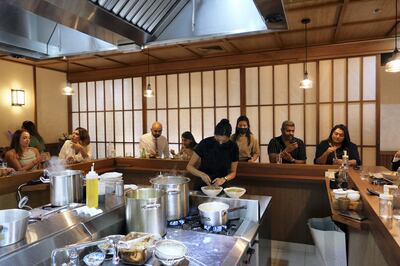
“I knew I wanted a restaurant centred on ramen, but with this space, I realised there’s room to play around a little more,” Mishra tells The National. “The menu is built from my experience of Japan, all my favourite things from the supper club, as well as some not-so-commercially-mainstream dishes.”
Crowd favourites include shio ramen, Wagyu tsukune skewers dipped in egg yolk and soy sauce, burnt butter scallops and onsen egg on rice with dashi.
“The shio ramen was my signature from the supper club, which only had one ramen on offer, but now diners have four bowls to choose from – shio, shoyu, spicy miso and wontonmen. It’s things that I didn’t have the time for before but always wanted to do, such as really good gyoza and yakitori, which I’ve been able to work out with our head chef Masao,” says Mishra.
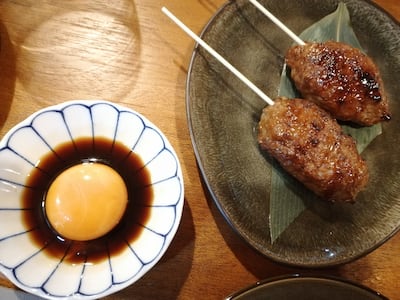
The compact menu also features sushi, sashimi, karaage, tempura and omurice, and “is an amalgamation of both our interests, what we love about Japanese food and who we want to be as Kinoya”.
The quest for the perfect ramen
Mishra’s fascination with ramen – the OG dish helped her evolve from home cook to supper club owner to restaurateur – “just happened”, she says.
“I was making ramen for myself [because] I couldn’t find any I liked in town. The more I got into it, the more I fell in love with the process. Japanese cuisine is hyper-focused and I identify with that. Ramen turned out to be that obsession for me and I wanted to do it over and over again."
A childhood memory may have something to do with it. As a child living in India, Mishra was allowed to watch television once a week, a slot that coincided with Oshin, a Japanese drama dubbed in Hindi for the national channel.
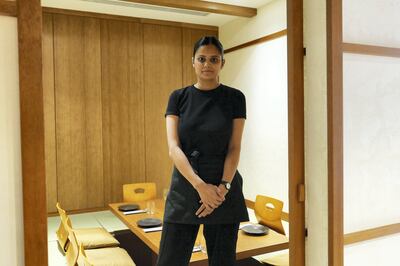
“It was always cold on the show and the characters were always slurping hot noodle soup. Living in Kashmir at the time, I would time eating my bowl of Maggi noodles with the show and somewhere that must have left a deep impression.”
Decades later in Dubai, Mishra made ramen for six months at home, self-taught and guided by instinct and online research, before heading over to Japan for her first immersive learning trip.
“I walked around eating as many bowls as I could. However, no ramen shop worth their salt is going to give you their trade secrets. So I had to figure out what was going into each bowl by myself. Then I came back home and jumped right back to it, and my bowl just developed from there,” says Mishra.
“Ramen has a foundation, and while every bowl is the same in its structure, all ramen makers will do something different to create their specific flavour profile, which is why so many ramen shops exist in Japan. It is one of the few things in the cuisine that is limitless in terms of rules; everything else is rather rigid when it comes to Japanese food.”
Mishra made her first bowl for an friend running an Asian food store in Dubai, who in turn brought his friends who told their friends and that snowballed into the supper club.
“I really started my Instagram account for no other reason than just a creative outlet,” says Mishra. It certainly helped, as her growing number of followers lapped up her daily culinary adventures and learnt the finer differences between broth, base and burnt butter goodness.
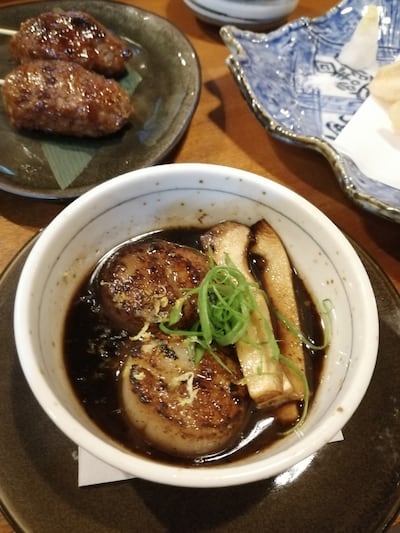
“I think people are interested in people who are really interested in things, yet I’d happily do it every day even if no one was watching,” says Mishra.
The evolution from supper club to restaurant needed to happen, she says, because “I felt I’d been cooking for so long but I’d never be taken seriously enough by my peers unless I entered this arena and changed the narrative for myself”.
Her supper-club regulars agree. “Neha’s progression from underground supper club to fully licensed restaurant was only a matter of time. If anyone could have done it, it is her. She has grit," says Haiya Tarik, a food writer and content creator in Dubai.
Fellow Dubai resident Veronica Conesa, says: “The supper club experience was great. It offered the chance to meet other people who you shared something with, the love of food in this case. Neha would encourage us to eat the bowl in silence to savour it fully. That’s the ramen etiquette!”
An eatery for everyone
The unique brand of Japanese discipline and sophistication in simplicity carries over into Kinoya, not only on its menu but also its zen layout and decor. The monochrome interior is fuss-free with simple lines, rice paper screens and pendant lights. Noren curtains and gravel-and-stone flooring at the entrance give the feel of stepping right off the street, as one would at humble izakayas in Japan.
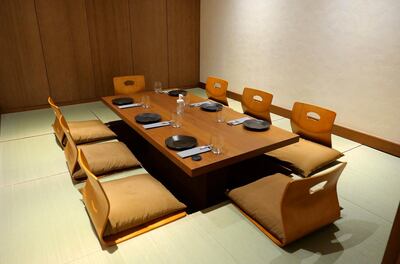
The compartmentalised seating plan divides the restaurant into a ramen counter, an open seating area, a bar, a chef’s table and two tatami rooms for private dining.
“The multi-space concept is typical of how strategic the Japanese are in building things. The segregated spaces offer different and immersive experiences under the same roof, as each set of guests have the privacy to enjoy their own individual experience.
“If you’re in the ramen room, it’s very interactive; you get to watch the ramen being made. The tatami room is very Japanese, very traditional and takes you back in time. The bar offers the proper hustle and bustle of the izakaya experience,” says Mishra.
With the pandemic, it made sense to activate different sections without affecting the restaurant at large. The founder believes it is possible for the same person to visit Kinoya three times and have completely different dining experiences.
With Kinoya, Mishra also hopes to create a local institution, a place that outlives the cycle of hot spots and hype.
“Dubai has been my home for 26 years now, and there are few mid-level places that cater to people from all walks of life. It was either street food, humble eateries or your big franchise and five-star places. Kinoya aims to be just a decent food spot where you can go with your friends or family, at any time of the day for different eating experiences,” she says.
The reception so far has been “fortunate”, says the ramen chef, as “it is a community thing now. I’m a home-grown brand and people feel like they are a part of my story.”
